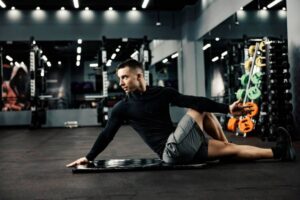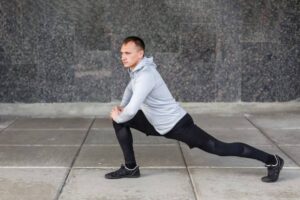The Fitness Blog
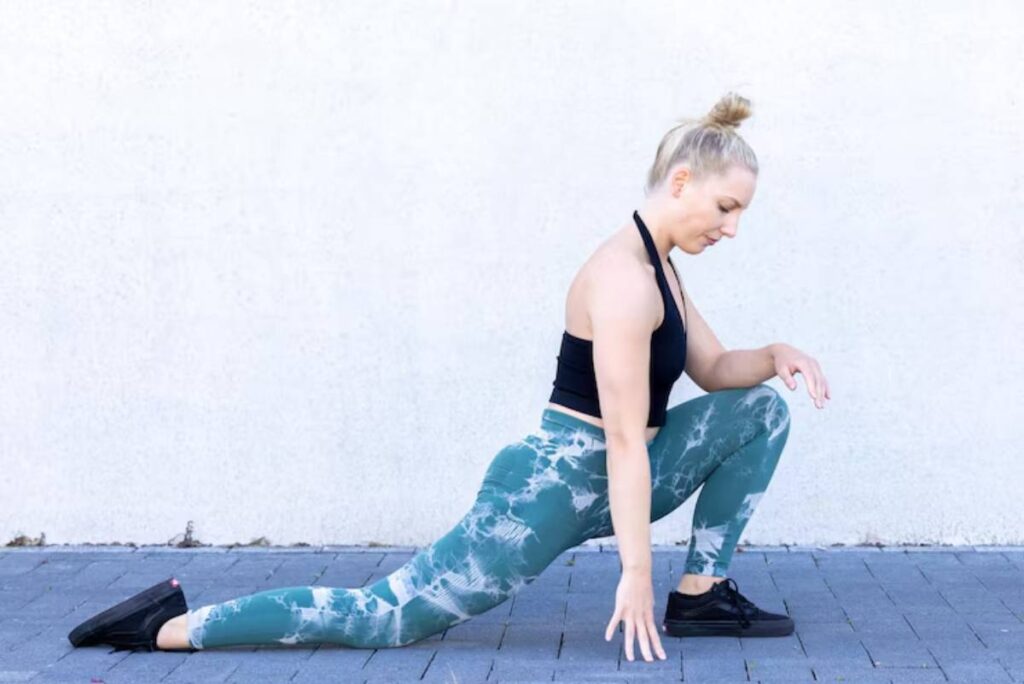
Lower Body Dynamic Stretch Flow: Mobilise Your Legs Like a Pro
Let’s face it: most of us are guilty of brushing past our warm-up to jump straight into the “real” workout. And when is leg day? The stakes are even higher.
Whether you’re squatting heavy, deadlifting, or just pushing through a brutal leg press circuit, skipping your warm-up is a surefire way to feel stiff, sluggish, and possibly injured. But a proper leg warm-up flow—built around hip, knee, and ankle mobility—can flip the switch from shaky to strong.
This article will guide you through a dynamic lower body stretch routine specifically designed to prepare your body for intense leg work. You’ll walk away knowing why each movement matters, how it supports your lifts, and how to create your own leg day dynamic routine that sets you up for success.
What Is a Dynamic Stretch Flow, Anyway?
Dynamic stretching is all about movement. Unlike static stretching (holding a stretch in place), dynamic routines involve active motion that mimics the exercises you’re about to perform. Think of it as a dress rehearsal for your joints and muscles.
A good leg warm-up flow should:
- Stimulate blood flow
- Activate relevant muscle groups
- Improve joint mobility
- Prime your nervous system for performance
The difference is palpable: you’ll feel more agile, stable, and in control, especially under load.
The Three Joint Pillars of Lower Body Performance
You can’t train your lower body efficiently if the three major joints—hips, knees, and ankles—aren’t working harmoniously.
Let’s break them down:
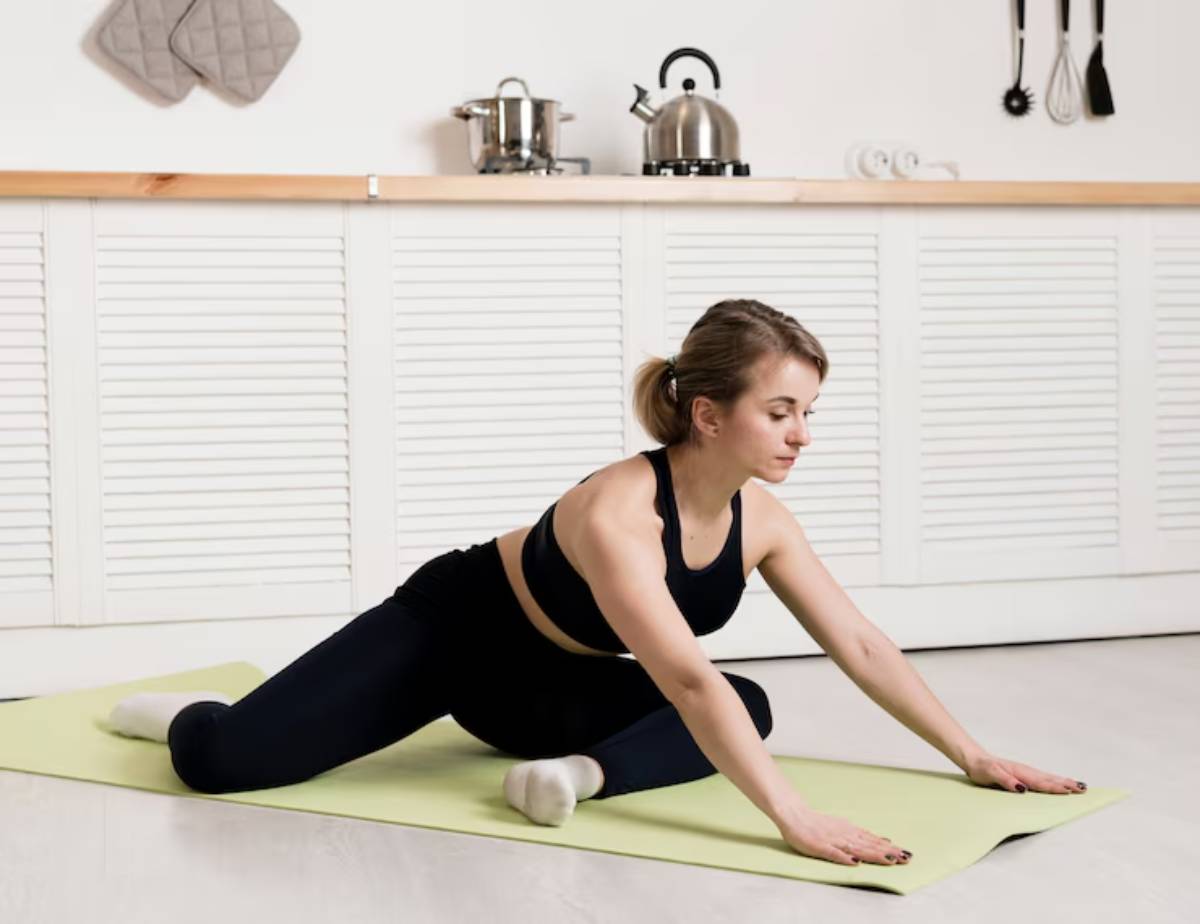
1. Hip Mobility
Your hips are the base of nearly every powerful movement: squats, lunges, step-ups—you name it. Tight hips reduce your range of motion and can cause compensation in the knees and lower back.
Dynamic hip openers like lunges with twists or leg swings allow greater flexion and extension, meaning deeper squats and more controlled movement.
2. Knee Stability and Mobility
The knees are your body’s hinge for power and control. However, they’re often the victim when hips or ankles aren’t pulling their weight.
Warming them up dynamically ensures you’re not just flexing but actively stabilising under motion—an absolute must before high-intensity leg work.
3. Ankle Range of Motion
Want better squat depth and lunge control? Start at your feet. Ankles that can’t dorsiflex properly (bend upward) force you to compensate with your knees or torso. Not ideal.
Dynamic calf pumps, toe walks, and ankle pulses prep this often-neglected joint for what’s to come.
Your Pre-Leg-Day Dynamic Stretch Flow (With Purpose)
Here’s a flow that ticks all boxes—hip, knee, and ankle mobility, nervous system prep, and muscle activation.
1. Leg Swings (Front-to-Back and Side-to-Side)
- Activates hip flexors, hamstrings, adductors, and abductors
- 10–15 reps each leg
2. Lunge With Overhead Reach + Twist
- Opens up the hip flexors, stretches the thoracic spine
- 6–8 reps per side
3. World’s Greatest Stretch
- Full-chain movement (hamstrings, hips, spine)
- 4–6 reps per side, hold briefly in each position
4. Knee-to-Wall Ankle Mobilisation
- Enhances ankle dorsiflexion for squat depth
- 10 pulses per ankle
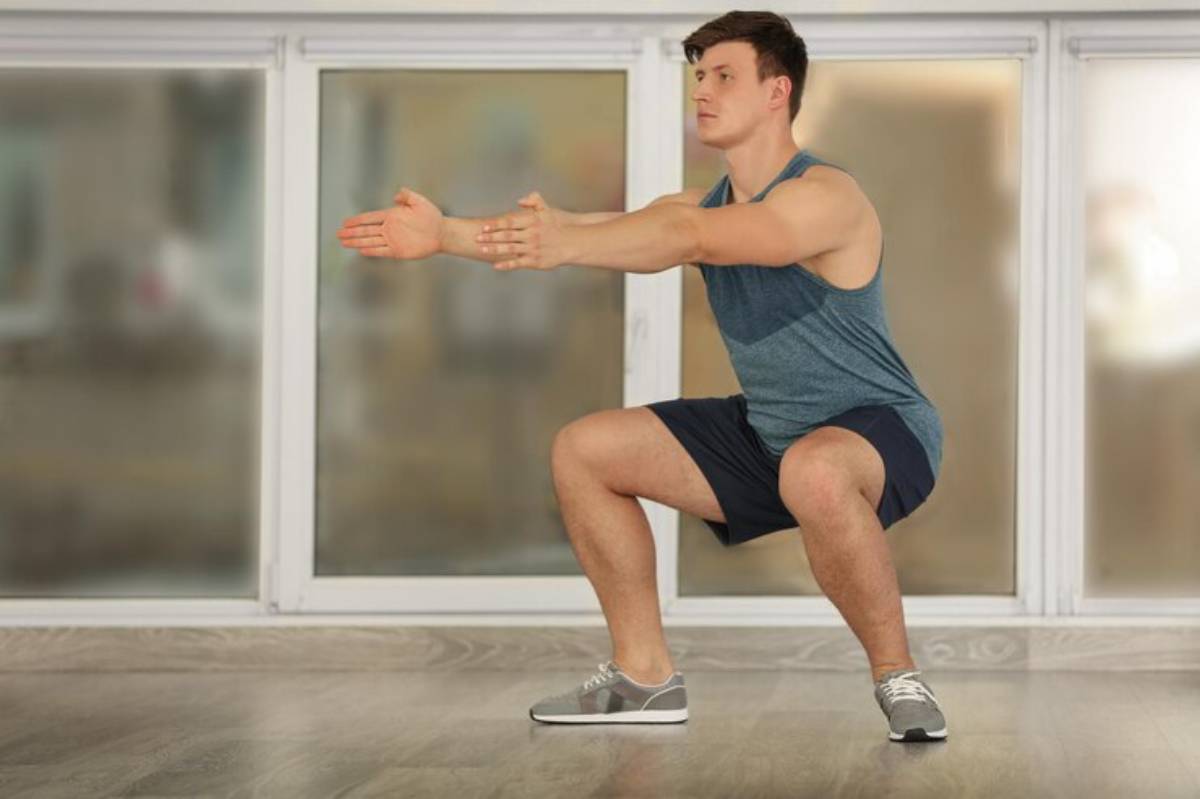
5. Tempo Bodyweight Squats
- Teaches control, warms up quads, and knees
- 2–3 sets of 6 with a 3-second eccentric (lowering) phase
6. Skater Hops (Controlled)
- Challenges to lateral knee and ankle stability
- 10 per side, soft landings
This 8–10 minute circuit gets the job done—efficient, effective, and customisable depending on the lift you’re preparing for.
Why This Works: Backed by Experience and Science
If you’ve ever gone into a squat session with cold joints, you’ve likely noticed:
- Reduced depth
- Slower reps
- Nagging aches mid-session
That’s because cold tissue lacks elasticity. Research shows that dynamic warm-ups increase muscle temperature and nerve conduction speed, improving contraction strength and coordination.
One 2021 study in the Journal of Strength and Conditioning Research found that athletes who completed dynamic lower body warm-ups showed significantly higher jump performance and squat depth compared to those who skipped them or used only static stretches.
And the anecdotal evidence is just as strong. Ask any seasoned lifter, and they’ll tell you that mobility drills before leg day are their secret weapon, not an afterthought.
When to Use This Routine (and When to Adapt It)
While this dynamic flow is ideal for strength training sessions, you can also tweak it for:
- Plyometrics or agility workouts (add more reactive drills like jump squats or high knees)
- Running days (focus more on ankle and hamstring activation)
- Recovery sessions (use the same movements, just reduce reps and intensity)
And if you’re following a structured fitness recovery schedule, plug this flow into your pre-lifting window for maximum impact.
If you’re building a more rounded recovery approach, it’s also worth learning how to integrate recovery into your weekly routine.
What Makes a Good Flow “Good”?
A leg warm-up flow shouldn’t feel random. You’re not just flailing limbs to “get warm”—you’re rehearsing the movement patterns that your workout demands.
Here’s what to aim for:
Intentional Movement
Go slow at first. Focus on range and control before ramping up speed.
Breath Control
Match your breath to your movement. Inhale before loading (e.g., descending into a squat), exhale during effort.
Joint Awareness
Visualise what each drill is prepping—feel your hips opening, your knees tracking, your ankles bending.
Dynamic vs Static Stretching: Set the Record Straight
The debate between dynamic vs static stretching continues, but here’s the simple truth:
- Dynamic = ideal before activity
- Static = best after workouts or on rest days
Static stretching before a workout can reduce muscle readiness. So ditch the long hamstring holds before your squats and save them for cooldown or recovery sessions.
Need more clarity? Our post on dynamic stretching before weights: pros & cons explains it in depth.
Common Mistakes to Avoid
Even dynamic routines go wrong if rushed or misused. Watch out for:
- Skipping the basics: Don’t go straight to high-intensity drills. Start small and build.
- Doing too much: 30 minutes of dynamic warm-ups? Overkill. 8–10 purposeful minutes is plenty.
- Copying without context: Your warm-up should reflect your workout, not someone else’s.
Always tailor your mobility prep to your movement goals.
Conclusion: Warm Up With Purpose, Not Just Habit
You wouldn’t build a house on a shaky foundation—so why risk squatting on stiff joints?
A structured lower-body dynamic stretch flow is more than a warm-up. It’s a performance enhancer, a mobility builder, and your first line of injury defence.
Incorporate this routine before each leg workout, adapt it to your needs, and move with intent, not guesswork. Your hips, knees, and ankles will thank you rep after rep.
Ready to lift smart? Your dynamic warm-up is your green light—don’t skip it.



